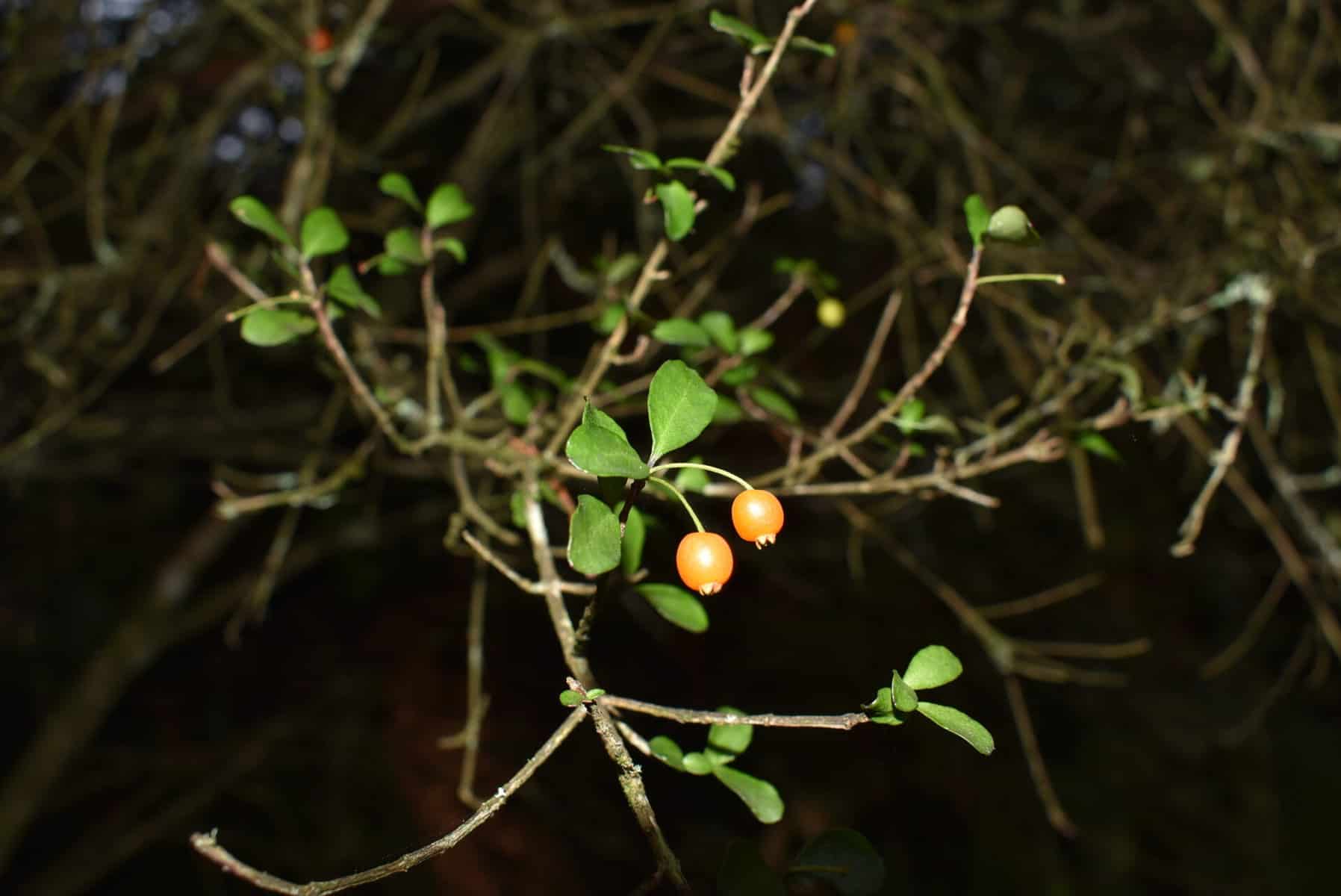On Tuesday 9 May the Kaurilands Summit had a delayed start thanks to pūroro (driving rain). But by Friday, Rangi-nui had drawn the clouds aside, and let through the rays of Tama-nui-te-rā, the sun. Perfect timing for Kelly Kahukiwa’s field trip, ‘Reading mauri through the biophonic signature of the ngahere’.
Kerry Donovan Brown had the privilege of attending this hīkoi . . .














